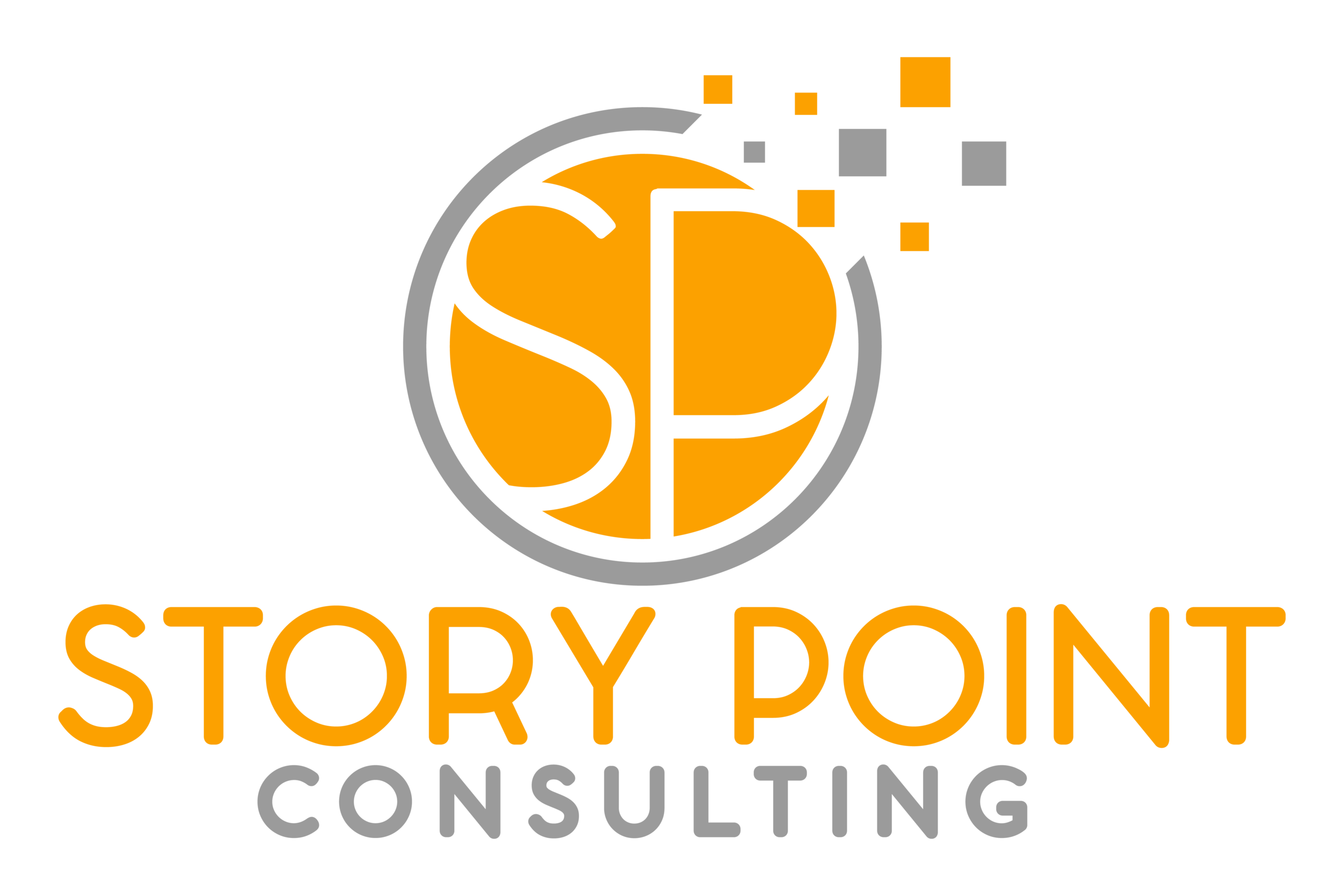The Challenge of Donor Stewardship: Why Your Follow-Up Efforts Are Falling Flat
For nonprofit and charitable organizations in Canada, securing donations is crucial for accomplishing the work of the mission, and ensuring the long-term sustainability of the organization. However, attracting new donors is only half the battle. Retaining existing donors and building donor relationships requires effective donor stewardship. Despite best efforts, many nonprofits struggle to create impactful follow-up strategies, leading to minimal donor engagement and diminishing support.
Research suggests that Canadian nonprofits face significant challenges in donor retention with the overall donor retention rate in the charitable sector lingering between 40-50%. This means that out of every 10 donors that make a first gift to an organization, only four to five of those donors will make a subsequent donation to the same organization.
So, why is it that at least half of donors don’t continue to make donations? A gift is often an indicator that the donor’s values align with the organization it supports, which would seem to indicate that they would be willing to give again. However, a donor can often lose interest in supporting an organization, or even worse, be turned off from future support depending on the organization's stewardship strategies.
If your organization has noticed that donations from past supporters have decreased or stopped completely, here are some common stewardship pitfalls to consider, and how you can avoid them.
Lack of Personalization: Donors can tell when they are receiving a generic, mass-produced gift acknowledgement. These letters or emails often fail to acknowledge the unique contribution and impact of each donor, and can make supporters feel as though their gift is not valued or needed.
To avoid this pitfall, take the time to craft an authentic and heartfelt thank you letter. Even though your organization may use a template thank you letter, ensuring it is well thought out and in the voice of your organization’s leadership can go a long way in making the donor truly feel thanked for their contribution. Strong gift acknowledgements are crucial for helping to boost donor retention.
Inadequate Communication: When donors receive infrequent or irrelevant updates on how their donations are being used, they are unable to understand the impact of work you are doing in the community, and may lose confidence in your effectiveness. Donors often have a genuine interest in understanding how their contribution has helped the community. Reporting back to donors in a timely and relevant way can help keep them engaged with your organization.
While keeping in contact with donors and supporters may seem like a tall task, strategies such as using data to personalize donor communications, or incorporating donor communication into your organization’s regular ongoing tasks can help manage the workload.
Insufficient Recognition: Not every donor is motivated by recognition, but many are. Many corporate donors and grant funders in particular look forward to their gift being publicly recognized so they can share with their supporters how they are helping the community. Failure to recognize and reward loyal donors can lead to feelings of neglect and cause them to think twice about a future gift.
To manage the workload of your team, an effective strategy is to manage which donor relationships may require more frequent communication. We often refer to this strategy as donor segmentation. Grouping donors who enjoy public recognition together can allow your organization to cultivate deeper relationships with them, and help you focus your efforts on a smaller group of donors who are interested in becoming more involved with your work.
Inefficient Data Management: Since we work with many small and mid-sized organizations, we have seen various ways that organizations track their donor data. Whether it’s through documents or spreadsheets, organizations employ numerous strategies to manage their needs and budget. Regardless of how your organization manages its data, poor tracking of donor interactions, preferences, and giving history, is a major issue that can lead to lapsed donors.
By using donor management software, organizations can leverage donor data to inform stewardship strategies and track effectiveness. For example, using your data to steward donors could involve sharing the total number of donations received for a campaign, whether the fundraising goal was achieved, or explaining the impact of a single gift on the community you serve.
Effective donor stewardship is crucial to building lasting relationships with donors. By recognizing common pitfalls and implementing strong stewardship strategies, nonprofits can create a culture of gratitude and engagement that will help to retain existing donors. Furthermore, by prioritizing donor stewardship, your organization can foster a loyal community of supporters that will help maintain the long term sustainability of your organization so you can continue to serve your community well into the future.
Now that you’ve explored the challenges of donor stewardship, let’s shift to what helps. Our donor management software Chronicle can support your efforts by tracking donor interactions, helping you personalize outreach, and strengthening relationships that matter to your mission. Not quite ready for software? Subscribe to our newsletter for weekly tips designed for small teams.



